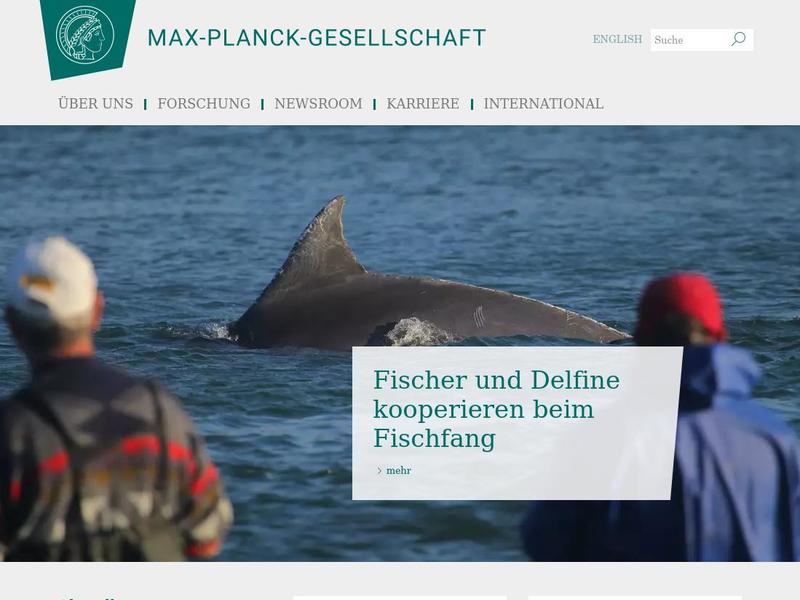In the future, physicists will be able to follow a new lead in their search for new materials for electronic components, for example. An international team of researchers headed by scientists at the Max Planck Institute for Solid State Research in Stuttgart is the first to accurately observe how the physical properties of a substance – or to be more precise of the metal oxide lanthanum nickel oxide – change when it is used in two-dimensional, instead of three-dimensional form. In fact, a film consisting of two layers of material exhibits completely different electronic and magnetic effects when cooled to very low temperatures than does a film comprising four layers. The ability to control the physical characteristics via the dimension as well opens up new possibilities to identify materials from which the chips of the future could be made.
the physicists cooled the thin sample even further, to around minus 220 degrees Celsius

